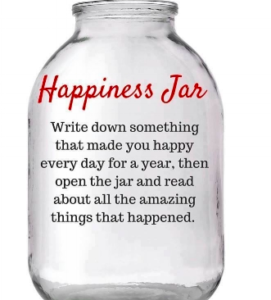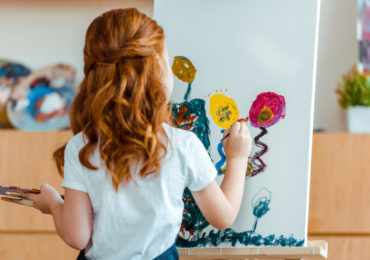Gratitude is a powerful emotion that can help us gain empathy and understanding. It allows us to appreciate what we have and invest in those around us, but for kids, it can seem out of reach. Too often, parents become frustrated by their kids’ lack of gratitude.
“You should be grateful, some kids don’t have X or Y.”
Gratitude is something we cultivate through mindfulness and intentional thinking, and it’s something kids can develop.
One of the best ways to help kids see their blessings and gain a sense of gratitude is with the gratitude jar exercise.
The Importance of Gratitude for Kids
Kids with gratitude become more aware and empathetic toward those around them. This provokes positivity, generosity, and happiness. In addition, people who practice gratitude (including kids) are better able to cope with challenges, deal with stress, and focus. Gratitude helps us in our own lives, but it also helps us be kinder to others.

The Gratitude Jar Exercise for Kids
As we get older, it’s easier to reflect on what we are grateful for, but for kids, this can be a big challenge. The Gratitude Jar exercise is a great way to encourage your kids to think about all they appreciate in a fun way.
All you need is a clear jar and the Gratitude Strips from the exercise. You can also create your own strips by cutting up paper and writing gratitude prompts. Gather some art supplies to decorate the jar.
Your child can decorate and personalize their jar however they want. Then, it’s time to add gratitude statements, for example:
- People who make me happy are ….and this is why
- Something I am thankful for is…
- Today I had fun when…
- Something that makes me smile is…
Take a moment to discuss each gratitude statement. Fold them up and place them in the jar. Repeat the activity daily, adding a few statements to the jar each day. At the end of the week or month, you can open up some of the statements and review them with your child.
You can also encourage your child to revisit the jar whenever they are feeling like gratitude is a challenge. For example, when Susie down the street gets the new phone that your child wanted and they are now upset, encourage them to read through their gratitude statement and think about all they have to be thankful for.
The gratitude jar is a simple way to help your child cultivate gratitude and appreciation. Have everyone create their own jar and make it part of your daily routine to practice gratitude.








